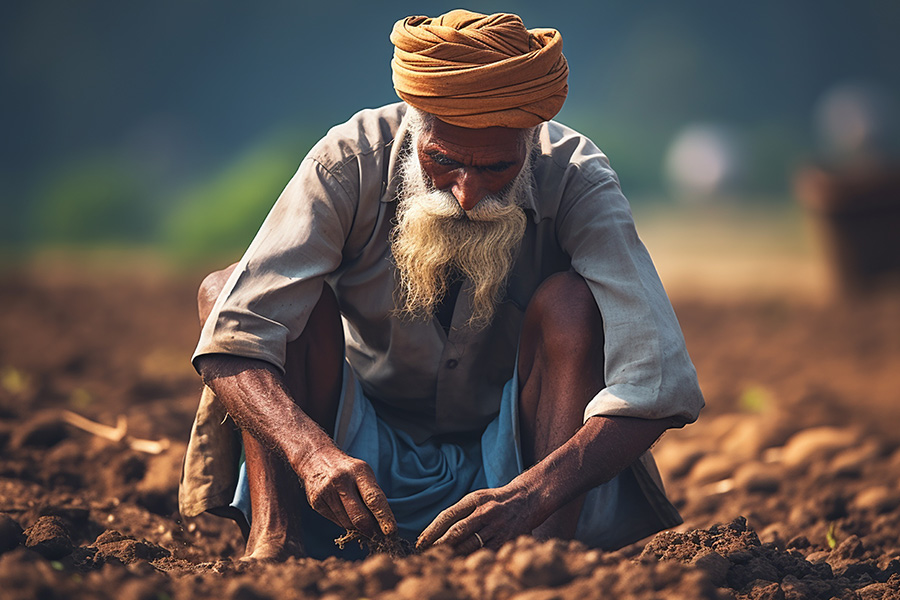
This book chapter explores the spiritual and cultural influence of Sikhism on the Indian farmers’ protest. The article delves into how the teachings of Guru Nanak, especially his values of social justice and community support, have inspired and sustained the protesters. By examining the role of Sikhi, the study highlights the deep-rooted connection between faith and activism in Punjab’s agrarian communities, illustrating how religious identity and collective memory have shaped the resilience and solidarity of the protest movement.
Author
Christine Moliner, Associate Professor, Jindal School of International Affairs, O.P. Jindal Global University, Sonipat, Haryana, India.
Summary
This chapter delves into the role of religious beliefs, values and practices as a major source of inspiration and a tool of mobilisation in the Kisan Andolan. Sikh ethos has provided potent symbols, heroic figures drawn from past struggles as well as religious institutions and practices, such as langar (‘community kitchen’), that have been instrumental in sustaining the over-one-year-long struggle.
Based on interviews conducted at the two protest sites of the Singhu and Tikri borders, as well as in Punjab and Haryana, this chapter borrows its analytical framework from a relatively under-explored field of research studying the role of religion in social change movements and provides an insight into how the broad array of religious resources were mobilised during the farmers’ protest.
Published in: The Indian farmers’ protest of 2020–2021: Agrarian crisis, dissent and identity, Routledge, London
To read the full chapter, please click here.

